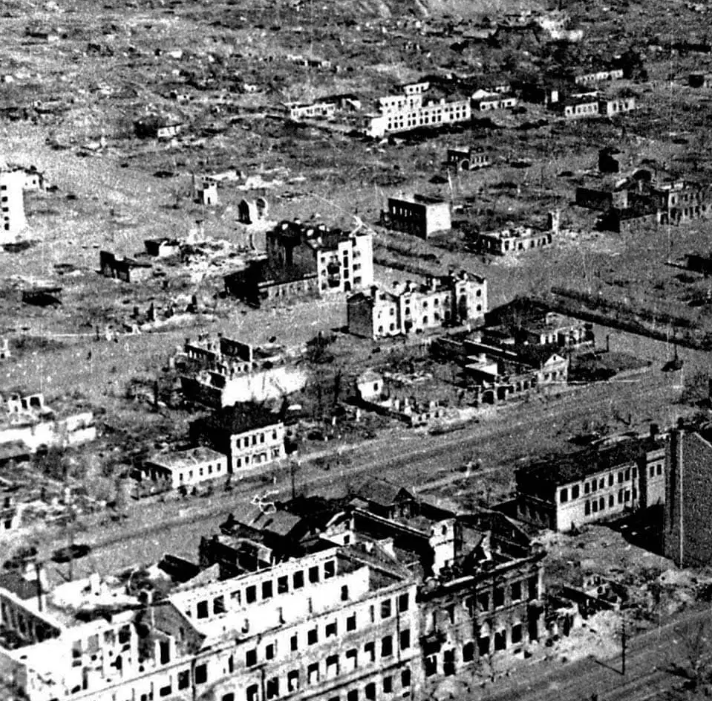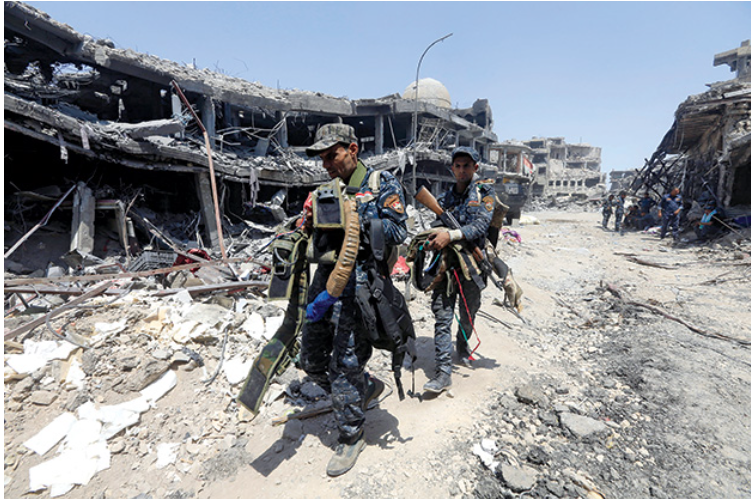
Many people around the world, seeing the destruction in Gaza, believe that Israel is “retaliating” for the October 7th attack. They think Israel is deliberately killing innocent civilians in Gaza while claiming to target Hamas militants. Some even call it genocide, while others, understanding that genocide is a legal term with no clear proof in this case, prefer to call it “careless killing,” “brutality,” or “retaliation.”
To understand the situation, we need to look at the details, starting with Gaza. The Gaza Strip, about 45 km long and 10 km wide, is controlled by the Hamas government, which was democratically elected. It has become one of the most heavily fortified areas in history, with hundreds of kilometers of tunnels beneath one of the most densely populated places on Earth. These tunnels run under schools, hospitals, mosques, and towers. Many homes are rigged with explosives, and weapons are stored everywhere, even in children’s rooms and hospitals. On October 7th, Hamas, along with Islamic Jihad, had about 40,000 fighters deeply embedded in civilian areas. These militants are well-trained, highly motivated, and often supported by the local population—since Hamas consists of local people, such as brothers, sons, and fathers of Gaza civilians.
Around the world, it is expected that armies protect civilians at all costs, but in Gaza, civilians are often used to protect Hamas militants. Hamas hides in tunnels, leaving civilians exposed above ground. On top of that, there are Israeli hostages, and Hamas uses tactics like dressing as Israeli soldiers or making false distress calls, which complicates the situation. The Israeli Defense Forces (IDF) had to fight while following the laws of war, even though Hamas violates every single law. They also needed to minimize civilian casualties and their own military losses. Under the 1:3 rule, where the attacking side suffers about three times as many casualties as the defending side, the IDF’s losses should have been immense.
If that weren’t enough, there were other threats, such as Hezbollah in the north with an even stronger military than Hamas, as well as missiles capable of destroying Israeli cities. Not to mention support from Iran and the Houthis. This is a nightmare scenario for any army.
No other army in history has faced a challenge like this. In simpler cases, like the battle for Mosul, the civilian-to-terrorist casualty ratio was about 1:1. Yet, the IDF managed to defeat the Hamas army with a ratio of about 1 civilian to 1.3 terrorists. For those who understand the battlefield, it’s clear that the IDF’s achievement was nothing short of a miracle. Any other army—whether Russian, Syrian, or American—would have caused far more civilian deaths and suffered higher casualties.




War is always awful. The best way to prevent destruction is by avoiding war.
So, how did the IDF achieve this?
First, IDF used different tactics, like telling civilians to leave an area and then taking steps to “convince” them to move away from Hamas militants. This had to overcome Hamas’s attempts to stop civilians from leaving and the civilians themselves not wanting to move (since, in this case, civilians often protect the militants, not the other way around).
Then, ground forces, carefully surrounded by firewalls and air support, slowly advanced, taking control of the area and cleaning it up. Meanwhile, the Israeli Air Force, using precise intelligence, chose the best times to strike Hamas leaders, weapons, and missile launchers. For each strike, intelligence provided estimates of civilian casualties and selected the most valuable targets with the least harm to civilians. Israeli Military Law Unit also verified that each strike followed the laws of war. This process was carried out on a huge scale.
The result was:
- A weakened Hamas army with relatively few civilian casualties compared to Hamas losses.
- A large amount of ammunition, including precise weapons, destroyed or damaged most of Gaza’s buildings but caused relatively little harm to the civilian population.
To sum up: Is Gaza devastated? Yes, similar to cities like Stalingrad or Berlin during fierce battles. Did Palestinian civilians suffer? Yes, of course. No other nations, like Egypt or Jordan, were willing to take them as refugees, leaving them in the middle of intense fighting. Were there significant civilian casualties? Yes, but the numbers and circumstances show that they were much lower than anyone might have expected.
So, why do so many people think Israel was “careless”? It’s because the media worldwide failed to provide the full facts, leaving out key details. When the public only hears partial information, it’s easy to twist the story and make things seem worse than they are. This is a classic propaganda technique. As a result, many view the Israel-Hamas war as a simple case of police versus criminals, with a focus on saving civilians (the hostages). But in reality, the only hostages are the 251 Israelis taken from their homes and the music festival, while a large part of the civilian population actively supported Hamas. In a police versus criminals case, even if the criminals escape, they don’t threaten an entire society. Failure to stop Hamas would mean continuing attacks on Israeli civilians and the possible destruction of the state of Israel. So, the right perspective is to see this as a brutal war between the Allies and Nazi Germany, not a sanitized police operation weighing justice against hostage life.

